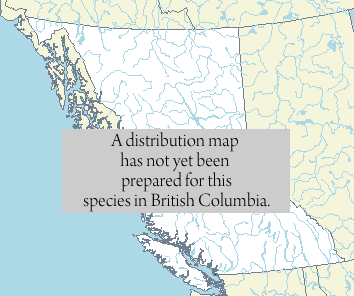Pelecanus occidentalis Linnaeus, 1766
Brown Pelican
Family: Pelecanidae
Brown Pelican
Family: Pelecanidae
Map

Introduction
|
Status Information
|
BC Ministry of Environment: BC Species and Ecosystems Explorer--the authoritative source for conservation information in British Columbia. |